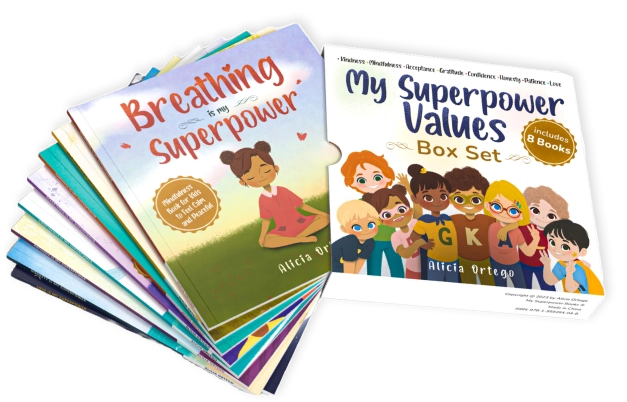21 Anger Management Activities for Kids (Tried and Tested)
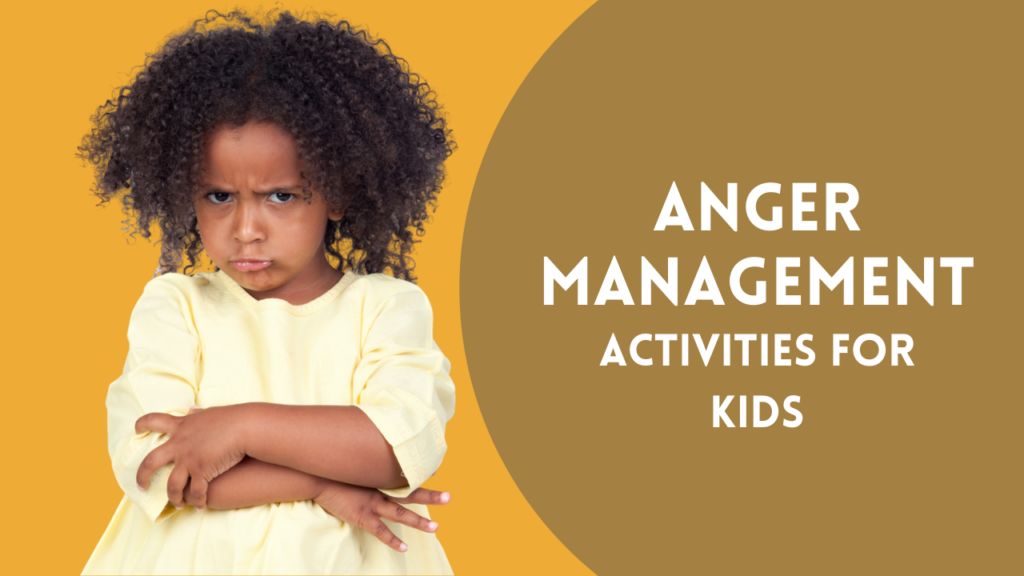
Anger is a very strong feeling. It’s not either bad or good. It’s rather normal to feel angry. After all, that’s how our nervous system works. Yet, some people have difficulties controlling their emotions. As for children, uncontrolled temper tantrums can drive even the most balanced parents crazy. It’s all fixable, though.
First, I advise you to read more about emotional self-regulation. Second, take a close look at today’s calming techniques for anger. Let’s start.
What Is Anger Management?
To cope with anger, one should recognize it. Thus, your main aim is to explain to your little one what the feeling “looks like”. If your daughter or son can tell you “I’m angry” when she or he really does, consider it a half success.
Helping children name and understand their emotions is the first step toward managing anger. Stories like Kindness is My Superpower show kids that big feelings are normal — and that calm, kind responses are skills they can learn and practice.
The next step is to show them how to take the anger under control. You can use some coping strategies or do activities described in this article to cultivate anger management skills in your kids. In turn, ignoring anger issues may lead to:
- Low self-esteem;
- Problems with socialization;
- Neuroses;
- Romantic relationship issues;
- Depression, etc.
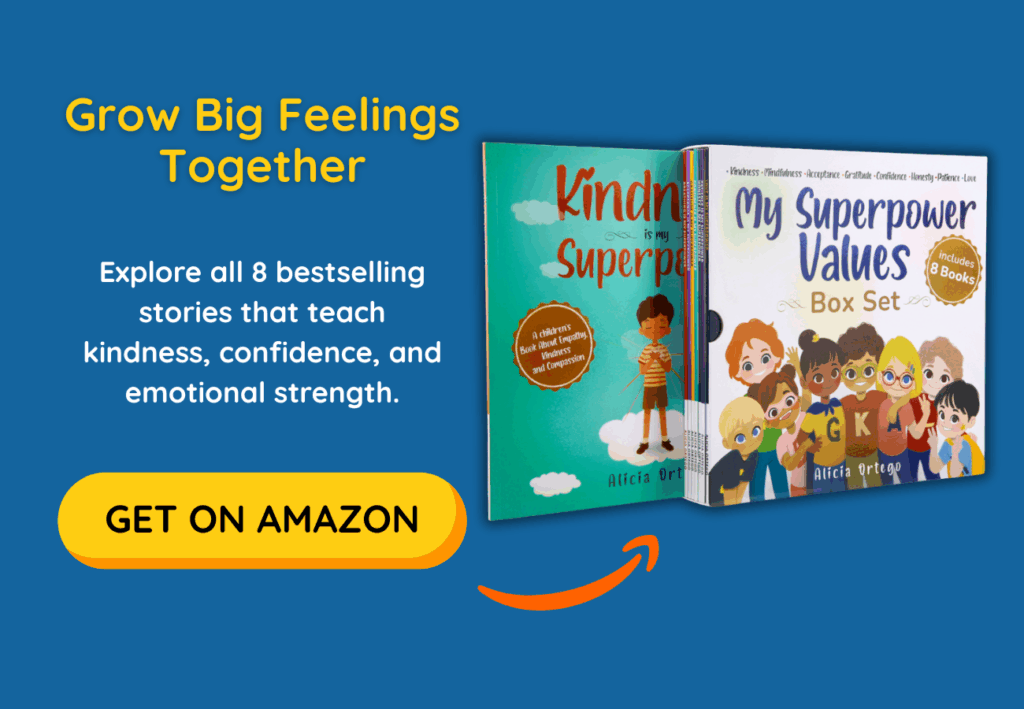
How do you recognize that there’s a problem with anger issues?
Some behavioral patterns may reveal a lack of emotional intelligence. There are three anger styles in general:
- Passive Anger. Kids tend to keep their feelings inside. They dismiss anger by trying to meet other people’s expectations. As a rule, such kids were told that being angry is bad. Consequently, they direct their emotions to other situations (playing computer games, for example). Such children often suffer from low self-esteem, too.
- Aggressive Anger. It occurs when a kid cannot hold back. Also, children who are too aggressive have zero tolerance for frustration. They throw a tantrum, cry, push you, and even break things. In most cases, they copy their parents` unhealthy behavior. Some of them need to do anger activities for kids. Thus, learning healthy habits with the whole family is highly recommended.
- Passive Aggressive Anger. These kids are extremely smart. They know how to persuade you and even make you mad. Such children can continuously argue to make adults give up. They resort to manipulations to control the circumstances they hate. In other words, passive-aggressive kids are surrounded by too many rules and prohibitions. They try to take over the situation themselves. Learn how to make effective house rules for the kids to like them.
Anger Management Activities for Kids
Paint Your Anger
Ask your little boy or girl to imagine the anger. It may look like a fantasy creature or an animal. Give him a name. Then, ask your child to paint the “rival” on paper. When done, ask why he sees him in that particular way. The answers can explain a lot about your kid`s inner feelings.
Anger Management Worksheets
Writing down all the thoughts and then working them out is always better. Help your kid to fill out the anger table and then analyze data together. Having a so-called map of one’s emotional state on paper is more useful than processing it in one’s mind.
Dance
Turn on upbeat, fun music and invite your kid to dance with you. Don`t like dancing? Exercise to music! Physical activity relaxes our minds, too.
Doing yoga can be a great exercise to relieve your kids’ mind and body as well. You should try it out with your kids.
Calming Down Cards
Use the cards to control your child’s emotions. When having a meltdown, please wait until the kid is at least slightly eager to shift his attention to cards. As long as the cards come to his notice, you have a chance to discuss everything and calm him down. By the way, in the article The development and function of anger in childhood and adolescence the author argues that exploring emotions within the family builds a better understanding. Keep it in mind.
Colorful Pages
Painting helps us to boost our mood and increase happiness. The same is true for children. Ask them to paint coloring pages. Tell your little one he can contemplate his feelings while working with pencils. Then, initiate a conversation about his anger and the reasons for it.

Read a Story
Find a short story where a protagonist experiences anger. Discuss the issue with your daughter or son. What is the trigger? Was the meltdown rational? Could the protagonist have avoided it? What advice can you give him to bounce back?
Not only can books calm your kids down, but they also have more benefits to the development of their cognitive skills.
Buy a Workbook for Managing Anger
It often includes coloring pages, cards, stories, and other stuff to grasp one’s attention and get back a sense of contentment.
Instead of traditional workbooks, many families choose story-based learning. The My Superpower Books Box Set includes stories about emotional regulation, patience, kindness, and self-control — helping children practice healthy anger management through relatable situations.
Externalize Emotions Through Puppets
Not all kids are ready to speak about themselves in terms of feelings. Maybe parents have failed to create trusting relationships. Or the topic is too sensitive, especially when it’s about bullying. Let a puppet be an anger monster. In such a way, a child becomes detached from his personal feelings. Make a plot and bring the whole story to life.
Breathing Activities
One of the fun ways to release anger physically is to take deep breaths. To make it more exciting, ask your kid to blow bubbles slowly. It’s so hilarious. After several tries, he`ll succeed and forget about anger.
Act It Out
Make a table with three columns. Each one is devoted to expressing anger – how it looks, sounds, and feels. Fill it in. For example, clenching fists, crying out, feeling irritated. Ask your kid to act this situation out. So, he will learn more about the physical manifestations of anger.
Space to Calm Down
Nothing relaxes more than favorite toys and a common daily routine. Make space in a room where a kid can find the stuff that calms him down and elevates the mood.
Anger Management Toys
Do you remember pop-its? Plenty of other toys are based on tactile sensations to reduce anger.
Emotional Thermometer
Create a special thermometer where emojis reflect one’s inner state. Every time a kid is angry, ask him to evaluate his feelings. Then, tell him to do some activities from this list to move to a happier emoji gradually.
Inside and Outside
Design worksheets that deal with thinking habits. Draw a person in the middle and leave space for 3 columns on the sides. Ask your little one to write down:
- his thoughts when he’s angry;
- the way his body reacts to the emotion;
- the thoughts he may have had at first to avoid such body pressure.
Do Meditation
It’s one of the most powerful tools for developing anger management skills. Practice it, especially after meltdowns. Surf the net to find exercises you`ll like.
Make Faces
Laugh is the antidote for anger. If a kid is still gloomy, begin making faces, provoking him to smile. It’s one of the most powerful ice-breaking techniques.
Foresee the Outcomes
Let the tantrum be a starting point. Then, encourage kids to model three possible scenarios. For example, my friends will be angry with me for being rude. Or, I`ll tell them that I`m feeling angry and will try to control myself.
What Do I Need?
How to deal with a child with anger issues if he’s too frustrated? Create a table where he explains his expectations and needs. Be clear. Don’t write long sentences. Try to figure out the virtue he lacks: attention, praise, recognition, etc.
Where Does It Hurt?
Do one more painting exercise to relieve stress. Ask a child to paint his body and then color the areas where he feels the anger. The more it “hurts”, the more saturated color he should use. It’s good therapy for coping with negative emotions.
Initiate a Dialogue
Encourage boys and girls to speak out about everything they feel. Be patient and never criticize them or make fun.
Is It so Unbearable?
Someone has hurt your kid. Ask the child whether sticking to this person’s opinion is important. Are there other people who don’t share the offender`s view (help him name them – friends, relatives, neighbors)? Ask him whether it’s still unbearable.
Final Thoughts
Make your children smile repeatedly by applying these anger activities for kids. Not all will work with your son or daughter, but I’m 100% sure that at least one will serve you.
More articles

50+ Christmas Riddles for Kids (With Answers!)
Fun, Easy & Printable Holiday Brain Teasers Are you looking for Christmas riddles for kids that are fun, silly, and totally holiday-approved? You’re in the right place!This collection includes funny Christmas riddles for kids, classic Christmas brain teasers, and a big list of Christmas riddles for kids with answers—perfect for teachers, parents, and holiday party […]
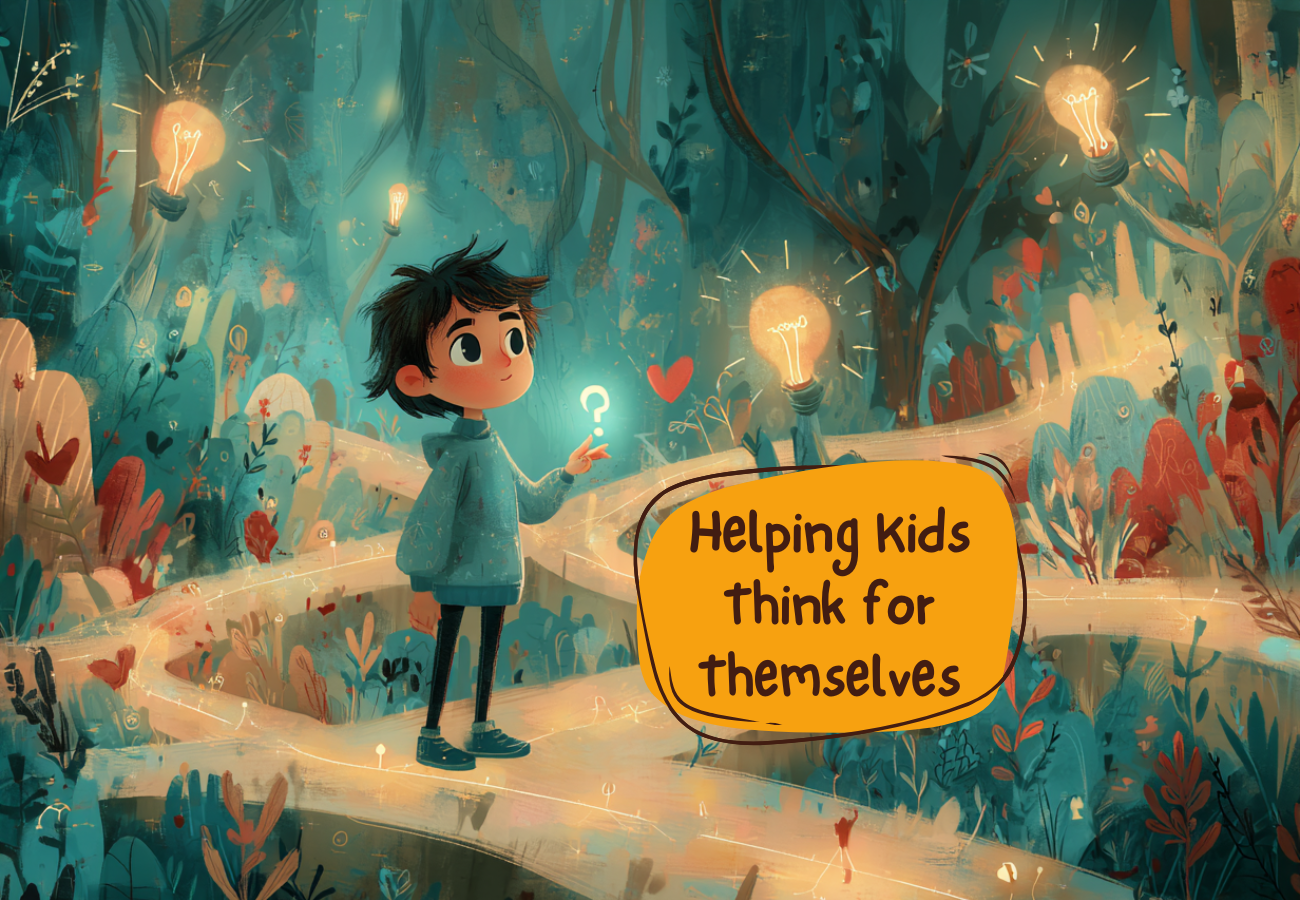
Helping Kids Think for Themselves — Gently and Without Pressure
Independent thinking is the ability to look at a situation, ask questions, form opinions, and make choices with confidence. Kids who think for themselves tend to feel steadier in their daily lives. They trust their thoughts and can speak up even if others see things differently. Parents and teachers often want this skill for kids, […]
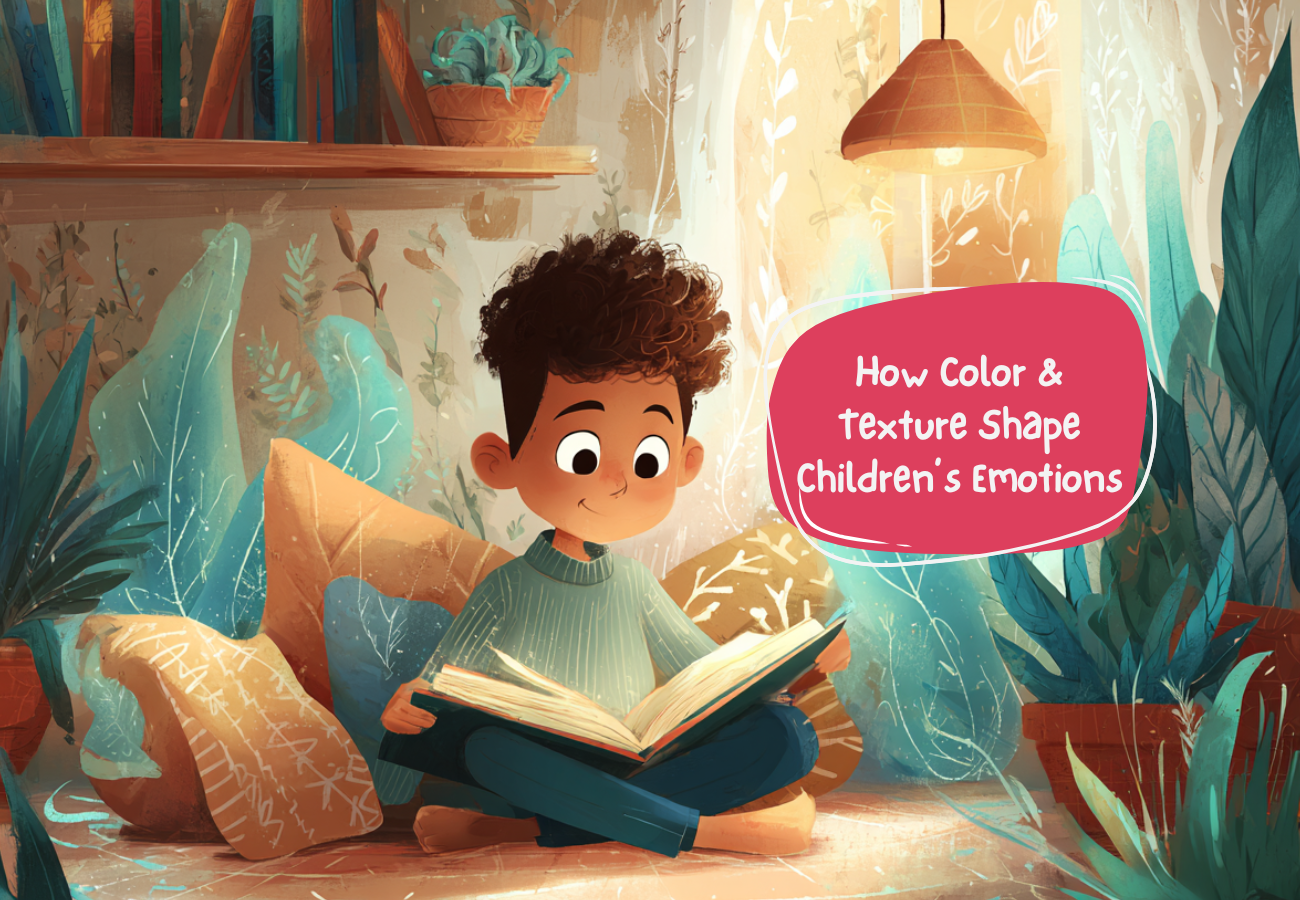
The Impact of Color and Texture on Children’s Emotions, Behavior, and Learning
Children don’t just see their environment — they absorb it. Every color, every texture, and every visual detail around them quietly shapes the way they focus, relax, behave, and even understand their own emotions. While adults often adapt to a space automatically, children respond to it instantly and instinctively. That’s why creating a supportive environment […]



